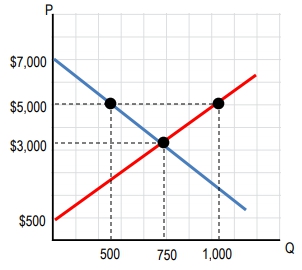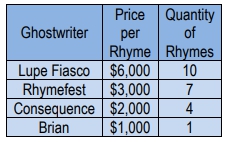Consumer surplus is a key concept in economics that reflects the benefit consumers receive when they pay less for a product than what they are willing to pay. This willingness to pay is often referred to as the reservation price, which is the maximum amount a consumer is prepared to spend on a good or service. The demand curve visually represents this willingness to pay, showing the various prices at which consumers are willing to purchase different quantities of a product.
When consumers pay a price lower than their maximum willingness to pay, they experience consumer surplus. For instance, if a consumer is willing to pay \$20 for a DVD but only pays \$12, the consumer surplus is \$8. This surplus can be calculated using the formula:
Consumer Surplus = Willingness to Pay - Market Price
In a market scenario, consider a small group of consumers with varying willingness to pay for a single item, such as a golden cheesy poof. For example, if Cartman is willing to pay \$8, Kyle \$6, Stan \$4, and Kenny \$2, the demand curve can be constructed based on these values. If the market price is set at \$7, only Cartman will purchase the item, resulting in a consumer surplus of \$1 for him, calculated as \$8 (willingness to pay) - \$7 (market price).
As the market price decreases to \$5, both Cartman and Kyle will buy the item, leading to a total consumer surplus of \$4, with Cartman gaining \$3 and Kyle \$1. This illustrates how lower prices can increase consumer surplus, as more consumers find the price acceptable and benefit from the difference between their willingness to pay and the market price.
When the price drops further to \$4, three consumers (Cartman, Kyle, and Stan) will make purchases. Cartman’s surplus increases to \$4, Kyle’s to \$2, and Stan, who is willing to pay exactly \$4, has no surplus. The total consumer surplus in this case rises to \$6, demonstrating that as prices decrease, consumer surplus tends to increase, benefiting more consumers in the market.
In summary, consumer surplus is a vital indicator of consumer welfare in a market, reflecting the additional benefit consumers receive when they pay less than their maximum willingness to pay. Understanding this concept helps illustrate the dynamics of supply and demand, as well as the impact of pricing on consumer behavior.



